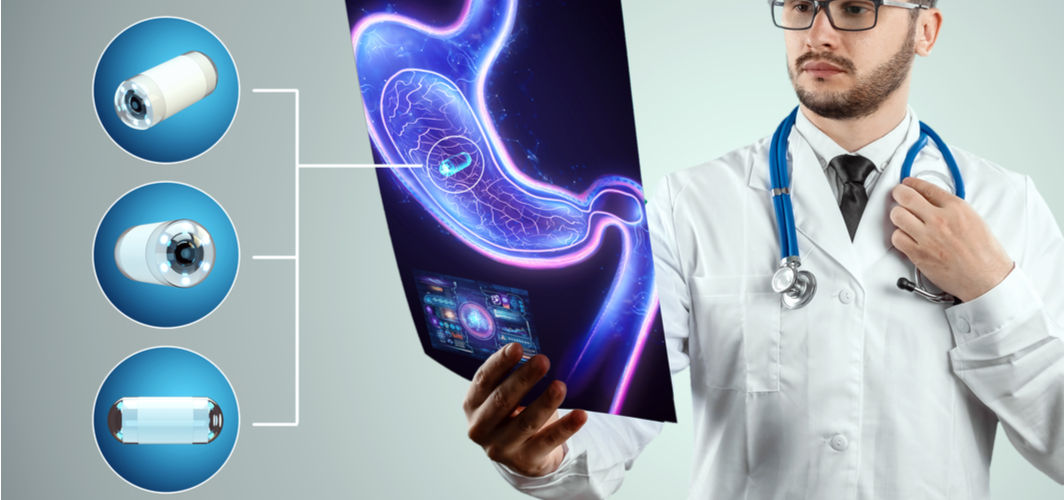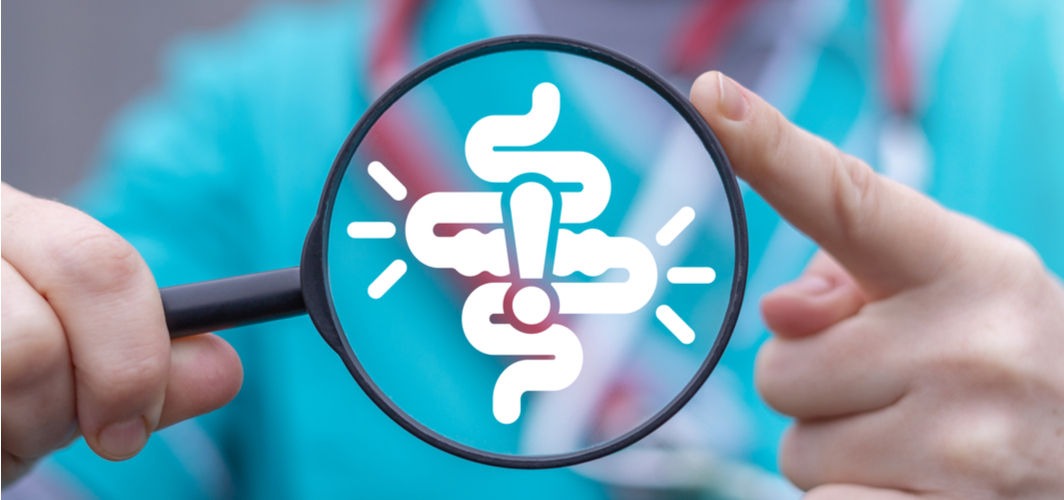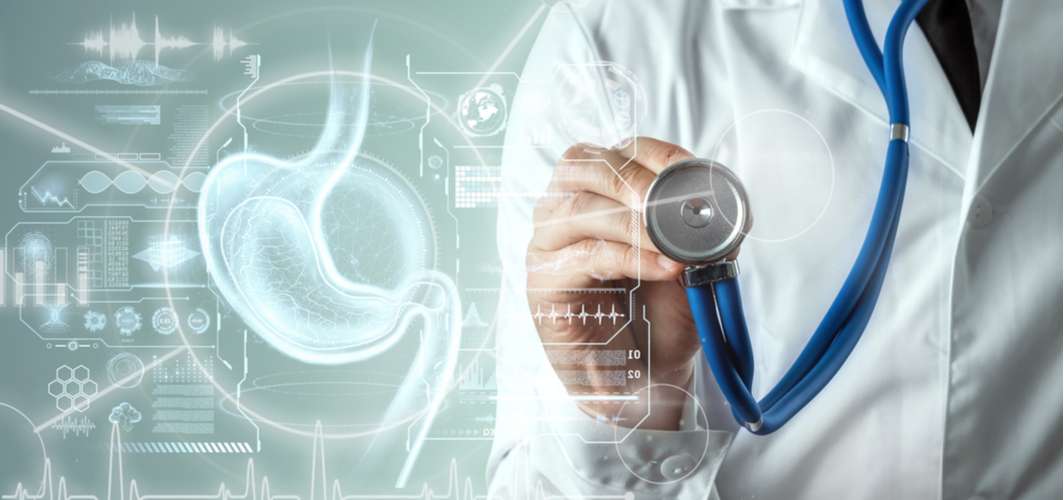Digestive Health
Endoscopy & Colonoscopy: How Often Should You Get One Done?
4 min read
By Apollo 24/7, Published on - 01 September 2021, Updated on - 25 February 2023
Share this article
0
58 likes

Most of us may have heard the terms endoscopy and colonoscopy from general physicians or gastroenterologists. While the terms may sound complicated, they are simple tests used to diagnose the conditions or diseases for the digestive symptoms one is experiencing. Both endoscopy and colonoscopy are non-surgical procedures to diagnose as well as treat conditions affecting the digestive tract. While endoscopy is used to examine the upper digestive tract, colonoscopy (a type of endoscopy) is used to examine the lower digestive tract.
What is endoscopy?
Endoscopy is used by physicians to diagnose and treat digestive diseases that affect the oesophagus, stomach, and the first part of the small intestine. The procedure is known as upper gastrointestinal (GI) endoscopy and uses an endoscope, a long and thin flexible tube with a light and camera at one end. The endoscope is inserted through the mouth and is slowly pushed downwards into the throat, stomach, oesophagus, and small intestine. The camera is either connected to an eyepiece to view directly or is connected to a video screen to display the images on a TV.
Upper GI endoscopy is used to detect conditions which include:
- Oesophageal cancer
- Barrett's oesophagus (change in the cells lining the oesophagus)
- Stomach cancer
- Stomach infections
- Hiatal hernia
- Ulcers.
Recommended Read: 5 Most Common Digestive Disorders Explained
What is a colonoscopy?
Colonoscopy, a procedure similar to upper GI endoscopy, is used to examine the lower part of the digestive tract - the large intestine. Here the endoscope, referred to as a colonoscope, is inserted through the anus to help view the large intestine that includes the colon and rectum.
Colonoscopy is used to detect:
- Colorectal cancer
- Crohn’s disease
- Ulcerative colitis
- Precancerous tumours or polyps (small growths).
The procedure is used to investigate symptoms such as:
- Rectal bleeding
- Changes in stool appearance
- Changes in bowel habits
- Chronic abdominal pain
- Chronic diarrhoea
- Chronic constipation.
During endoscopy and colonoscopy, various small tools may be inserted to collect a sample of tissue (biopsy) for examination. Polyps or any abnormal tissue may also be removed with the help of these tools.
Recommended Read: Could Microscopic Colitis Be the Cause of Chronic Diarrhea?
How often should one undergo endoscopy and colonoscopy?
- Doctors will recommend an endoscopic procedure when required, based on the symptoms.
- After the age of 50 years, one is advised to get a colonoscopy done every 10 years irrespective of their overall health.
- Advancing age increases the risk of developing polyps or colon cancer. Routine colonoscopies help to detect abnormalities that can be treated in the early stages.
- Colonoscopies should be considered earlier in life in the case of a family history of colon cancer or any previous disease or condition affecting the digestive tract.
- Colonoscopy must be considered once a year if one is at high risk for developing bowel diseases or in the case of persistent symptoms causing inflammation and irritation in the bowel.
Indications for a negative colonoscopy result
If there are no abnormalities in the colon during colonoscopy, another colonoscopy is recommended in:
- 10 years – With age being the only risk factor
- 5 years – History of polyps in earlier colonoscopies
- 1 year – Incomplete examination of the colon because of the presence of residual stool.
Indications for a positive colonoscopy result
Positive colonoscopy refers to the presence of polyps or abnormal tissue. In the presence of one or two polyps less than 1 cm in diameter, a repeat colonoscopy is recommended in 5 to 10 years, based upon the other risk factors for developing colon cancer. Colonoscopy is recommended sooner in the presence of:
- More than two polyps
- Polyps larger than 1 cm
- Polyps and residual stool preventing complete colon examination
- Polyps having certain cellular changes indicating a high risk of cancer in the future
- Cancerous polyps.
Conclusion
Undergoing an upper GI endoscopy or colonoscopy procedure is the first step to detecting serious digestive diseases. The procedures are crucial in managing one’s health, especially over the age of 50 years, or when suffering from problems related to the digestive system. Endoscopy and colonoscopy can both help to detect diseases early for better treatment outcomes.
Talk to a gastroenterologist for any questions on digestive health.
Digestive Health
Leave Comment
Recommended for you

Digestive Health
Differences: Irritable Bowel Syndrome and Inflammatory Bowel Disease
IBS and IBD are two chronic conditions that affect the gastrointestinal tract or the digestive tract that runs from the mouth to the anus.

Digestive Health
Suffering Frequent Acidic Burps? Get Checked For These Digestive issues
Read to know the possible reasons behind frequent acidic burping and the ways to deal with it.

Digestive Health
What Is the Gut-brain Connection?
The gut-brain connection refers to the physical and biochemical systems that link the gut and the brain together.
Subscribe
Sign up for our free Health Library Daily Newsletter
Get doctor-approved health tips, news, and more.
Visual Stories

Hidden Health Benefits in a Bowl of Salad
Tap to continue exploring
Recommended for you

Digestive Health
Differences: Irritable Bowel Syndrome and Inflammatory Bowel Disease
IBS and IBD are two chronic conditions that affect the gastrointestinal tract or the digestive tract that runs from the mouth to the anus.

Digestive Health
Suffering Frequent Acidic Burps? Get Checked For These Digestive issues
Read to know the possible reasons behind frequent acidic burping and the ways to deal with it.

Digestive Health
What Is the Gut-brain Connection?
The gut-brain connection refers to the physical and biochemical systems that link the gut and the brain together.